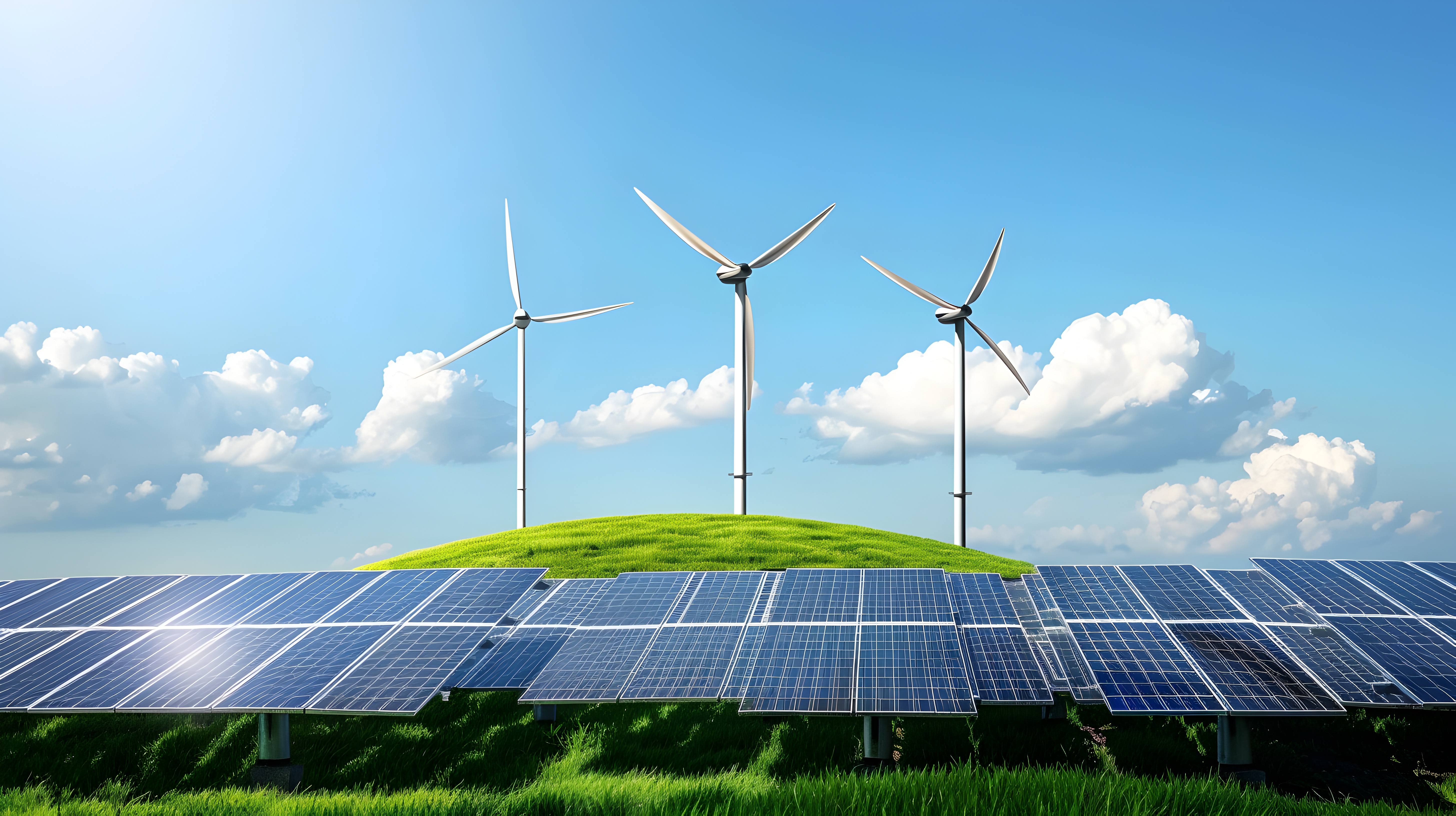
On 3 July 2024, the long-awaited Decree No. 80/2024/ND-CP (“Decree 80”) was issued by the Government with immediate effect, establishing a mechanism for the direct sale and purchase of electricity between renewable energy generators and large consumers
What’s new?
- Decree 80 provides for the definitions of key stakeholders participating in the DPPA mechanism.
- The DPPA mechanism will be implemented in two (2) forms: Private Grid DPPA mechanism and National Grid DPPA mechanism.
- The implementation of Decree 80 may offer advantages for stakeholders in the renewable energy market.
Definitions for key stakeholders
Renewable energy generators (the “RE Generators”) are power units that own plants generating electricity from renewable sources such as solar, wind, small hydro, biomass, geothermal, sea waves, tides, ocean currents, other renewable forms, and rooftop solar power systems holding an electricity generation license (or exempted from electricity generation license per the law).
Large consumers (the “Large Consumers”) are organisations and individuals that purchase electricity for use without re-selling purpose, to be determined by the Ministry of Industry and Trade (MOIT) from time to time or those have the average (or registered) electricity consumption from 200,000 kWh per month if using electricity more than 12 months (or less than 12 months).
Electricity retailers (the “Electricity Retailers”) are licensed units for electricity retailing in industrial parks, economic zones, export processing zones, industrial clusters, high-tech parks, concentrated information technology parks, high-tech agricultural parks, and similar zones/parks, with a power purchase output of 200,000 kWh per month (or more) and connected to a voltage level of 22 kV (or more)
Two forms of the DPPA mechanism
The Private Grid DPPA Mechanism
Participants in the Private Grid DPPA Mechanism include RE Generators and Large Consumers. Accordingly, the parties will agree on the electricity price and terms and conditions of the private power purchase agreement in accordance with the Electricity Law. There is no specific template of DPPA to be used mandatorily, however the parties must notify the Provincial People’s Committee, with a copy to the local EVN and National Load Dispatch Centre in accordance with Article 25 of Decree 80.
Additionally, RE Generators can sell excess electricity to EVN, and Large Consumers can purchase electricity from EVN in addition to buying from RE Generators.
The National Grid DPPA Mechanism
Participants in the National Grid DPPA Mechanism include:
- Wind or solar RE Generators with a capacity of 10 MW (or more) connected to the national grid lines;
- Large Consumers (or Electricity Retailers) connected to the voltage level of 22 kV (or more); and
- Vietnam Electricity (EVN).
The National Grid DPPA Mechanism will be executed through relevant power purchase agreements between the participants, including:
- A Spot Market Power Purchase Agreement (the “Spot PPA”) signed between the RE Generators and EVN, where the RE Generators will sell all electricity output to the spot market on the competitive wholesale market. The Spot PPA must include the required content provided in Appendix 1 of Decree 80. The electricity spot price will be determined by the total market electricity value and market capacity price, in accordance with the MOIT’s Regulations on the Operation of the Competitive Electricity Wholesale Market.
- A Purchasing Power Purchase Agreement (the “Purchasing PPA”) signed between Large Consumers (or Electricity Retailers) and EVN, where the Large Consumers will purchase the Indochine Counsel | Special Alert | July 2024 Page 3 electricity for use. The Purchasing PPA must include the required content provided in Appendix 2 of Decree 80. The electricity price will be determined based on the consumption of the Large Consumers, considering the spot price, service fees for transmission, distribution, load dispatching, administration, operation, and maintenance by EVN, and the differential clearing costs per Appendix 4 of Decree 80.
- A Contract for Difference (the “CfD”) signed between the RE Generators and Large Consumer (or the Electricity Retailers). The CfD must include the required content provided in Appendix 3 of Decree 80. The duration, price, and committed electricity output of the RE Generators under the CfD will be subject to mutual agreement between the parties.
Benefits for stakeholders
This DPPA mechanism has broadened the market access and growth potential for green energy in Vietnam, providing more flexibility for entering a PPA and reducing dependency on EVN.
In addition, industrial zones and the export market may benefit the most from Decree 80 as it helps businesses facilitate the carbon credits attached to export products, meeting the requirements of import markets.
Potential Challenges
The biggest hurdles to implementing Decree 80 are the limitations of infrastructure and grid capacities. The exponential increase in renewable energy projects has caused grid congestion and infrastructure issues, which significantly require more investments to support the integration of renewable energy. This may pose as a financial barrier and logistical challenge for Renewable energy generators.
Conclusion
Decree 80′ demonstrates the Government’s strong commitment to executing the National Power Development Plan 8 (PDP8). Despite the current challenges in the renewable energy market regarding the reliability of off-takers for renewable power plants, Decree 80 offers an alternative that may be more appealing to investors looking to invest in renewable power projects.











